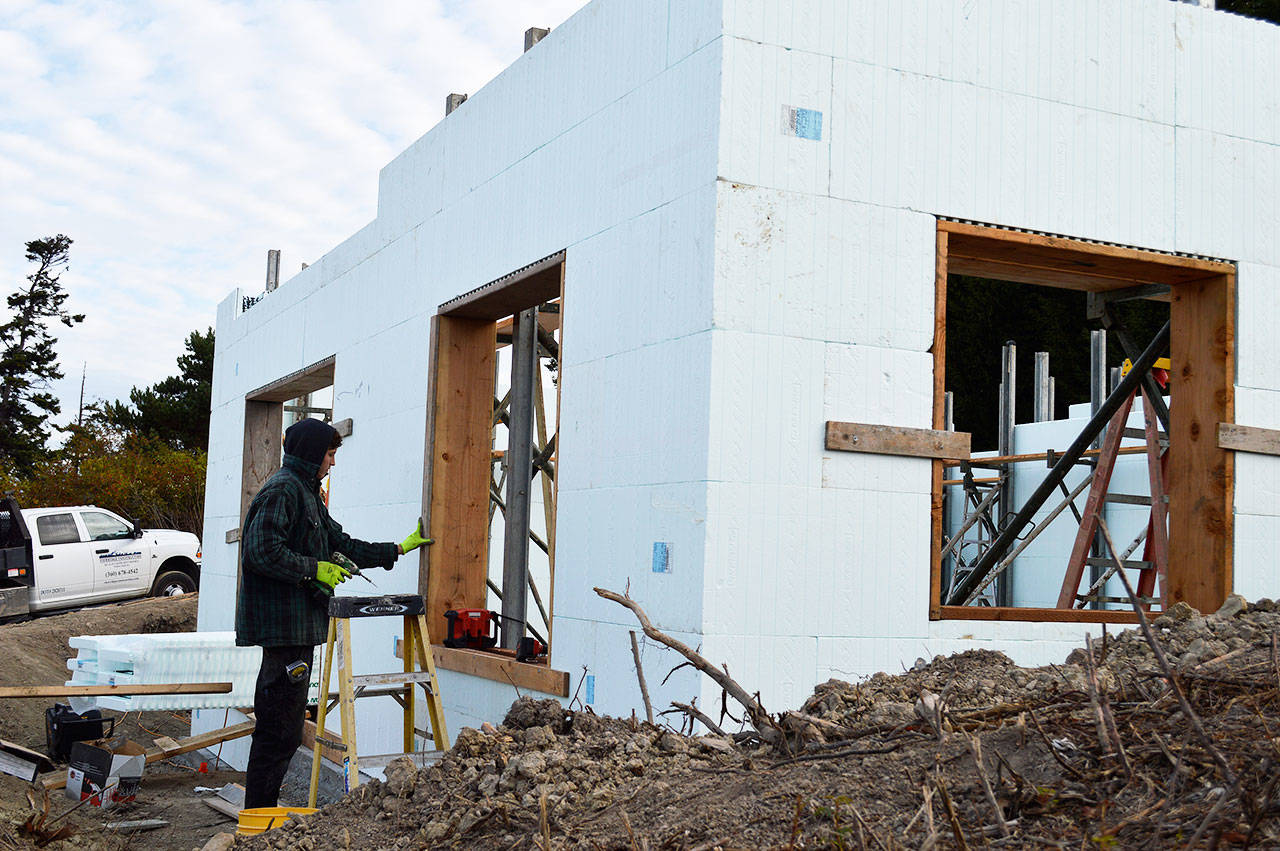Interviews with stakeholders regarding housing in Island County revealed the community’s desire to serve seniors more effectively, increase farm housing and create a greater variety of housing types overall.
A contractor with Island County Planning and Community Development conducted interviews with 14 stakeholders representing school districts, senior services, lenders, low-income housing providers, the Navy, county staff and conservation interests.
The survey results will guide the update of the housing element of the county’s comprehensive plan. This element will guide zoning code and land-use standards in the future. The update involves evaluating goals and policies to ensure they are in line with how the community wants the growth of the county to look.
Many of the stakeholders interviewed remarked on the difficulty Island County seniors face when trying to downsize but remain in their community.
“It was interesting that (senior housing needs) was definitely emphasized across a broad variety of folks we talked to,” said Meredith Penny, county long-range planner coordinating the update.
The summary of results included a number of issues around farm housing.
The most immediate need identified was housing for interns, including those with World Wide Opportunities for Organic Farmers.
Additionally, farmers who want to pass on their farm to the next generation but stay on the land need the ability to have another house on the property.
A lack of housing for workers was also cited as a limiting factor for labor.
School districts in the county raised concerns about limited housing availability for both teachers and their families. Oak Harbor Public Schools hired 100 new staff this year, and they struggled to find places to live, according to the results.
For the Coupeville School District, high rent and few places to live in the town has become an obstacle for families.
The survey results cited a need for more low-income and homeless housing and an easier, more consistent permitting process for building. A number of issues revolved around the Navy base, including perceived price inflation due to personnel receiving basic allowance for housing and a greater need for housing in closer proximity to Naval Air Station Whidbey Island.
Throughout November, planning staff will meet again with some of the stake holders to identify barriers and resource opportunities. In addition to interviews, staff will start analyzing data around housing needs and barriers.
After the analysis is completed, another phase of public outreach will be done in spring 2018.
Through the interviews and the housing survey, the public has been heavily involved in the housing element process.
“I think one of the major takeaways that we saw from our stakeholder interviews was mostly that people are pretty eager to see a greater variety in housing types to accommodate all our residents at all different income levels,” said Penny.



